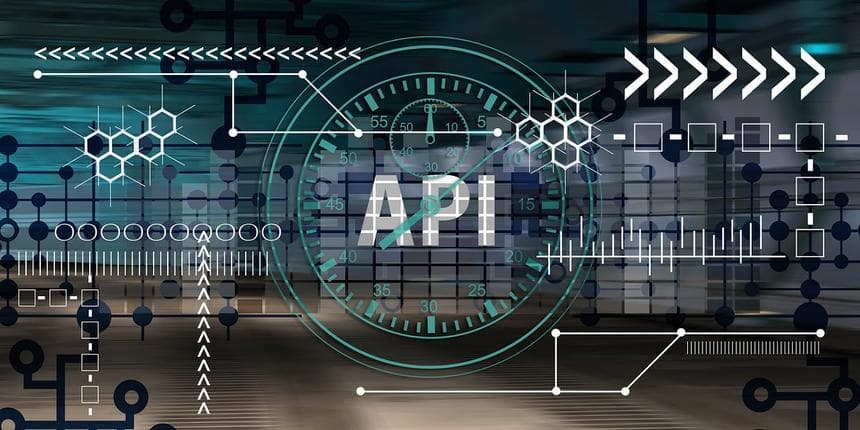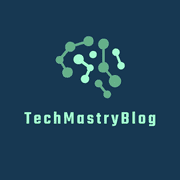Understanding Different APIs SOAP, REST, GraphQL, and gRPC

Understanding Different APIs: SOAP, REST, GraphQL, and gRPC
APIs (Application Programming Interfaces) play a crucial role in modern software development by enabling communication between different software systems. Various API types have emerged over the years, each with its own set of principles, advantages, and use cases. In this article, we will delve into SOAP, REST, GraphQL, and gRPC, comparing their architectures and highlighting their distinctive features.
SOAP (Simple Object Access Protocol)
SOAP is a protocol for exchanging structured information in web services. It relies on XML for message format and typically uses HTTP or SMTP as the transport protocol. Here are some key characteristics of SOAP:
Architecture:
- XML-based Messaging: SOAP messages are encoded in XML, providing a standardized way to structure data.
- Protocol: It is a protocol with a strict set of rules and standards.
Use Cases:
- Enterprise-level Services: SOAP is commonly used in enterprise-level applications, especially in scenarios where security and transactional integrity are critical.
Advantages:
- Strict Standards: The rigid standards of SOAP ensure a high level of security and reliability.
- Built-in Error Handling: Supports detailed error handling through standardized fault elements.
Disadvantages:
- Complexity: SOAP messages tend to be more complex due to XML verbosity.
- Performance: Overhead from XML parsing and larger message size can impact performance.
REST (Representational State Transfer)
REST is an architectural style that uses a stateless client-server communication model. It operates over standard HTTP methods, such as GET, POST, PUT, and DELETE, and typically relies on JSON for data format. Here are some key characteristics of REST:
Architecture:
- Stateless: Each request from a client to a server must contain all the information needed to understand and fulfill the request.
- Resource-Based: Resources are identified by URIs (Uniform Resource Identifiers) and manipulated using standard HTTP methods.
Use Cases:
- Web Services: RESTful APIs are widely used for web services, especially in scenarios where simplicity and scalability are crucial.
Advantages:
- Simplicity: REST is known for its simplicity, making it easy to understand and implement.
- Scalability: Stateless communication allows for better scalability.
Disadvantages:
- Limited Functionality: REST might not be suitable for scenarios requiring advanced queries or where there is a need for real-time updates.
GraphQL
GraphQL is a query language for APIs that was developed by Facebook. It provides a more flexible and efficient alternative to traditional REST APIs. Here are some key characteristics of GraphQL:
Architecture:
- Client-Defined Queries: Clients can request only the data they need, avoiding over-fetching or under-fetching of data.
- Single Endpoint: GraphQL typically exposes a single endpoint for all operations.
Use Cases:
- Flexible Queries: Suitable for scenarios where clients have varying data requirements and need more flexibility in data retrieval.
Advantages:
- Efficiency: Clients can request all the needed data in a single query, reducing the number of network requests.
- Versioning: No need for versioning, as clients define their data requirements.
Disadvantages:
- Learning Curve: The syntax and concepts of GraphQL may have a steeper learning curve for some developers.
- Potential Overuse: Clients can potentially request large amounts of data, impacting server performance.
gRPC (Remote Procedure Call using HTTP/2)
gRPC is an open-source RPC (Remote Procedure Call) framework developed by Google. It uses HTTP/2 as the transport protocol and Protocol Buffers (protobuf) as the serialization format. Here are some key characteristics of gRPC:
Architecture:
- IDL (Interface Definition Language): Defines the service methods and message types using Protobuf.
- Bidirectional Streaming: Supports bidirectional streaming, enabling more efficient communication.
Use Cases:
- Microservices: Ideal for building microservices architecture and inter-service communication.
- Real-time Applications: Suitable for real-time applications due to its bidirectional streaming support.
Advantages:
- Performance: gRPC is known for its high performance and low latency, thanks to the use of HTTP/2 and binary serialization.
- Code Generation: Automatic code generation based on the Protobuf definitions streamlines development.
Disadvantages:
- Learning Curve: Developers may need time to familiarize themselves with Protobuf and the gRPC concepts.
- HTTP/2 Dependency: Relies on HTTP/2, which might not be supported in all environments.
Conclusion
Choosing the right API depends on various factors, including the specific use case, performance requirements, and developer preferences. SOAP, REST, GraphQL, and gRPC each have their strengths and weaknesses, catering to different scenarios in the ever-evolving landscape of software development. Understanding the nuances of each API type empowers developers to make informed decisions based on their project requirements.
